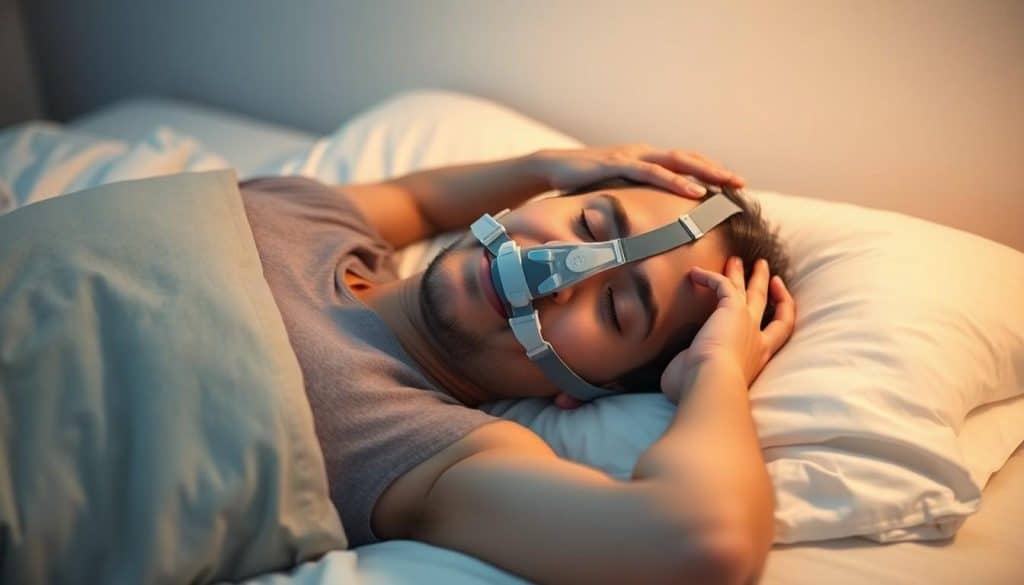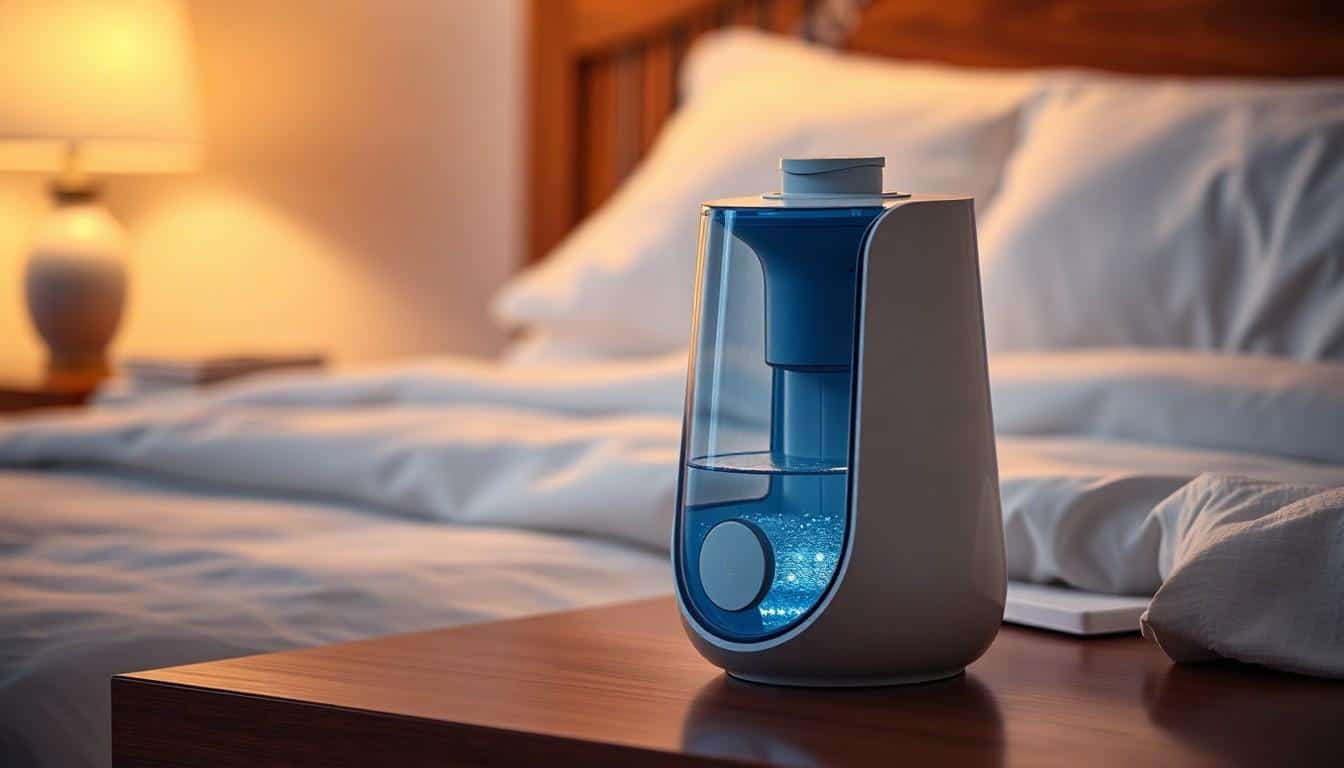Getting a good night’s sleep with sleep apnea can feel like an impossible dream until you find the right CPAP mask. With several types of CPAP equipment available today, each designed to match different sleeping styles and comfort needs, you’ll discover options that can transform your sleep experience.
Choosing between full face nasal and nasal pillow masks isn’t just about personal preference – it’s about finding the perfect match for your breathing habits and sleeping position. Whether you’re a mouth breather need maximum air pressure or prefer a minimalist design there’s a CPAP mask that’s right for you.
Key Takeaways
- CPAP masks come in three main types: full face masks, nasal masks, and nasal pillow masks, each designed for different breathing patterns and comfort needs
- Full face masks cover both nose and mouth, making them ideal for mouth breathers, high-pressure requirements, and people with nasal congestion or allergies
- Nasal masks deliver air directly to the nose, working best for nose breathers and side sleepers while offering a clearer field of vision than full face masks
- Nasal pillow masks feature the most minimalist design with cushioned nostril inserts, perfect for active sleepers, people with facial hair, and those who feel claustrophobic
- Selecting the right mask depends on factors like breathing patterns, sleeping position, pressure settings, and lifestyle needs
- Regular maintenance, including daily cleaning and component replacement every 1-6 months, is essential for optimal CPAP therapy effectiveness
Understanding CPAP Mask Types
CPAP mask designs serve different breathing patterns through specialized features. Each mask type offers distinct advantages based on sleep position preferences facial structure.
Full Face Masks
Full face masks cover both the nose and mouth, creating an airtight seal. These masks excel for:
- Mouth breathers during sleep
- Users with nasal congestion
- People who sleep with their mouth open
- Those with deviated septums
Nasal Masks
Nasal masks provide focused airflow through a nose-covering design:
- Direct pressure delivery to nasal passages
- Less facial coverage than full face masks
- Compatible with side sleeping positions
- Effective for nose-breathing sleepers
Nasal Pillow Masks
Nasal pillow masks feature a minimal design with cushioned nasal inserts:
- Clear line of sight for bedtime activities
- Reduced contact with facial skin
- Ideal for users with facial hair
- Perfect fit for side sleepers
| Mask Type | Coverage Area | Best For |
|---|---|---|
| Full Face | Nose & Mouth | Mouth Breathers |
| Nasal | Nose Only | Nose Breathers |
| Nasal Pillow | Nostril Insert | Side Sleepers |
Each mask type accommodates specific breathing patterns facial features sleep positions. The effectiveness depends on individual comfort requirements air pressure needs.
Full Face CPAP Masks

Full face CPAP masks cover both the nose and mouth, creating a secure seal to deliver pressurized air throughout the night. These masks provide comprehensive coverage for users who alternate between nasal and oral breathing during sleep.
Benefits and Drawbacks
Benefits:
- Enables breathing through both nose and mouth simultaneously
- Maintains effective seal at higher pressure settings
- Accommodates nasal congestion or allergies without compromising therapy
- Provides reliable treatment for mouth breathers
Drawbacks:
- Covers a larger portion of the face compared to other mask types
- Creates more contact points that require cleaning
- Takes up more space on the face when side sleeping
- Requires more precise adjustment for optimal seal
Best Situations for Full Face Masks
Full face CPAP masks excel in specific scenarios:
- Mouth Breathing: Optimal for users who consistently breathe through their mouth during sleep
- High Pressure Requirements: Effective for patients prescribed higher CPAP pressure settings
- Nasal Issues: Essential for individuals with:
- Chronic nasal congestion
- Deviated septum
- Seasonal allergies
- Post-Surgery Recovery: Beneficial during recovery periods from nasal or oral surgery
- Mixed Breathing Patterns: Ideal for users who alternate between nose and mouth breathing
- Regular sinus infections
- Difficulty maintaining nasal-only breathing
- Frequent position changes during sleep
- Need for consistent air pressure delivery
Nasal CPAP Masks
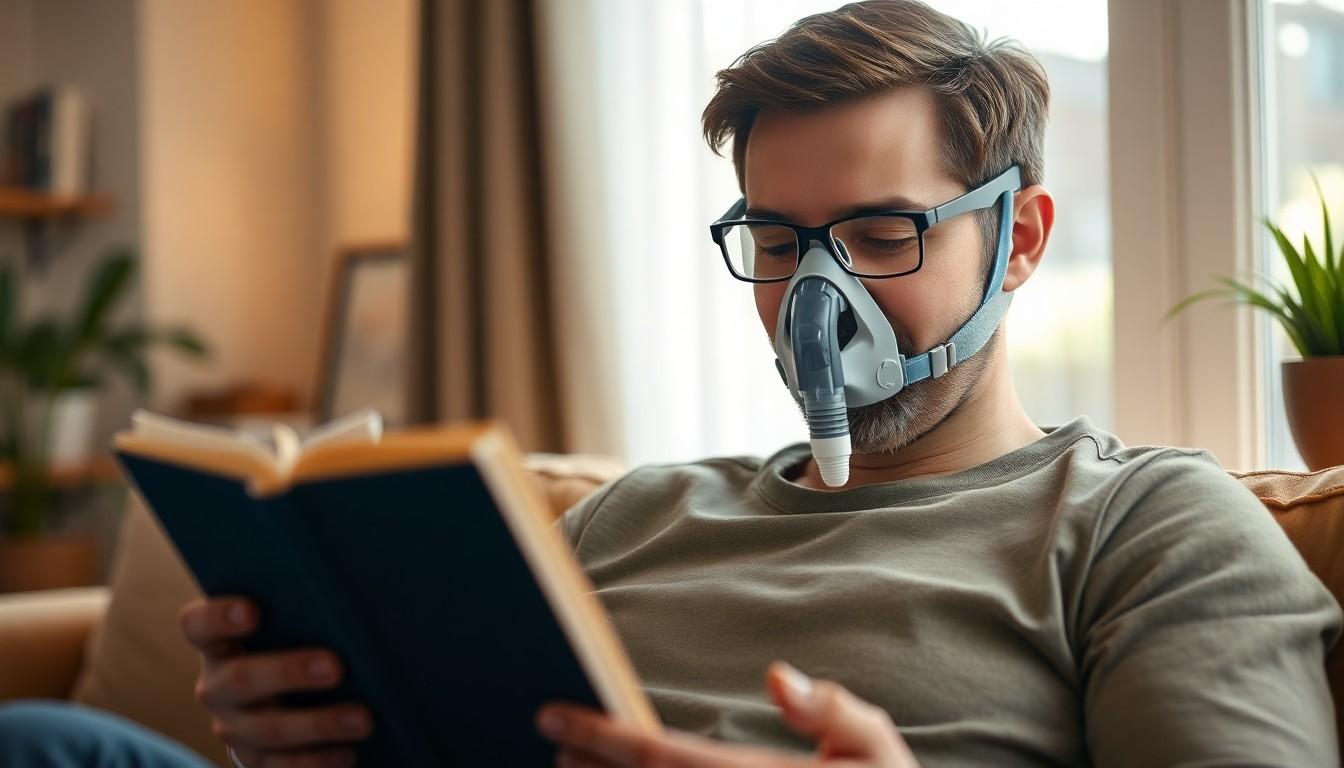
Nasal CPAP masks deliver pressurized air directly through the nose via a triangular-shaped cushion that sits over the nose. These masks form a secure seal around the nasal area while leaving the mouth uncovered.
Benefits and Drawbacks
Benefits:
- Delivers precise airflow directly to the nasal passages
- Offers multiple size options for optimal fit
- Maintains seal effectiveness at high-pressure settings
- Provides clear field of vision for reading or watching TV
- Works well for side sleepers due to minimal mask profile
Drawbacks:
- Less effective for mouth breathers
- May cause nasal dryness or congestion
- Requires stable nasal breathing patterns
- Can feel uncomfortable with facial hair
- May leak if mouth opens during sleep
Ideal Users for Nasal Masks
Nasal CPAP masks work best for users who:
- Breathe primarily through their nose during sleep
- Prefer minimal facial coverage
- Sleep on their side
- Require higher pressure settings
- Watch TV or read before bed
- Have minimal nasal congestion or allergies
- Need a clear field of vision while wearing mask
| Pressure Settings | Effectiveness Rating |
|---|---|
| Low (4-10 cm H2O) | Good |
| Medium (10-15 cm H2O) | Excellent |
| High (15-20 cm H2O) | Very Good |
These masks provide optimal therapy when fitted correctly and used with appropriate pressure settings. The triangular cushion design creates an effective seal while maintaining comfort throughout the night.
Nasal Pillow Masks

Nasal pillow masks feature a minimalist design that delivers pressurized air directly through small cushions inserted into the nostrils. These lightweight masks connect to the CPAP machine via a slim CPAP tube while maintaining minimal contact with the face.
Benefits and Drawbacks
Benefits:
- Small footprint with a streamlined design between nose and upper lip
- Clear line of sight for reading or watching TV
- Secure fit for active sleepers who move frequently
- Excellent seal compatibility with facial hair
- Reduced feelings of claustrophobia due to minimal face coverage
Drawbacks:
- Higher direct air pressure on nostrils
- Potential nostril irritation or soreness
- Limited effectiveness at very high pressure settings
- May cause nasal dryness in some users
Who Should Use Nasal Pillows
Nasal pillow masks work best for:
- Active sleepers who change positions frequently
- Users with facial hair or mustaches
- Side sleepers seeking minimal mask interference
- Individuals who feel confined by traditional masks
- Users who enjoy reading or watching TV before sleep
The mask’s design accommodates various sleeping styles while maintaining a reliable seal. Users with lower pressure requirements find optimal comfort with nasal pillows compared to full-face alternatives. These masks prove particularly effective for individuals transitioning from no mask to CPAP therapy due to their non-intrusive design.
Hybrid CPAP Masks
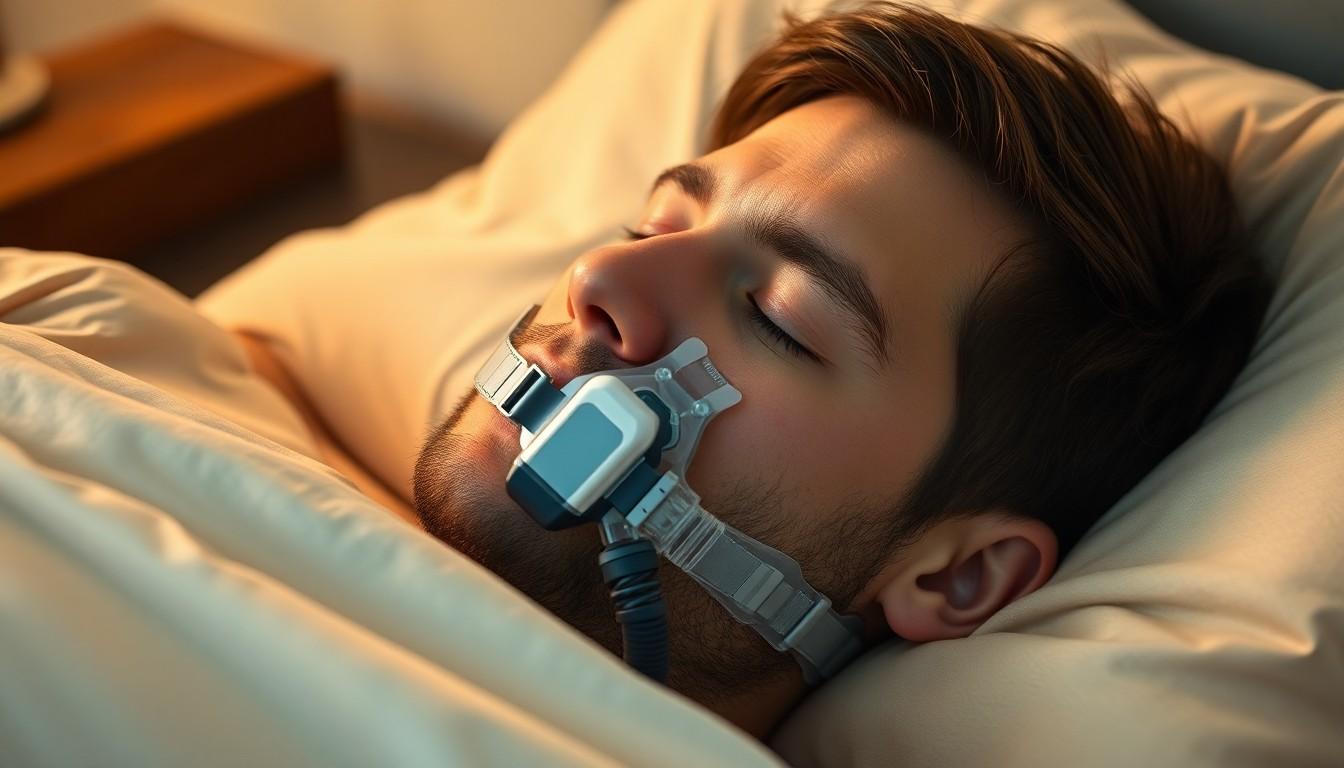
Hybrid CPAP masks combine the features of full-face and nasal masks to deliver pressurized air through both nasal and oral pathways. These innovative masks offer a unique solution for users who switch between nose and mouth breathing during sleep.
Design Features
- Dual Air Delivery: The mask creates seals both under the nose and over the mouth, ensuring consistent airflow regardless of breathing method
- Compact Structure: The streamlined design occupies less facial space than traditional full-face masks, enhancing comfort during sleep
- Multiple Contact Points: Strategic headgear attachments at 3-4 points secure the mask position throughout the night
- Adjustable Components: Quick-release clips and rotating elbow joints allow for easy fitting and position adjustments
- Silicon Cushioning: Soft silicon seals conform to facial contours, reducing pressure points and air leaks
- Mixed Breathing Patterns: Ideal for users who alternate between nasal and oral breathing during sleep
- Claustrophobic Users: The reduced mask size provides comfort for those uncomfortable with full-face coverage
- Active Sleepers: Enhanced stability from multiple contact points maintains seal during movement
- CPAP Newcomers: The intuitive design eases transition to CPAP therapy for first-time users
| Feature Comparison | Hybrid Masks | Full-Face Masks |
|---|---|---|
| Face Coverage | 40-50% | 60-70% |
| Contact Points | 3-4 points | 4-5 points |
| Weight (average) | 3-4 oz | 5-6 oz |
How to Choose the Right CPAP Mask
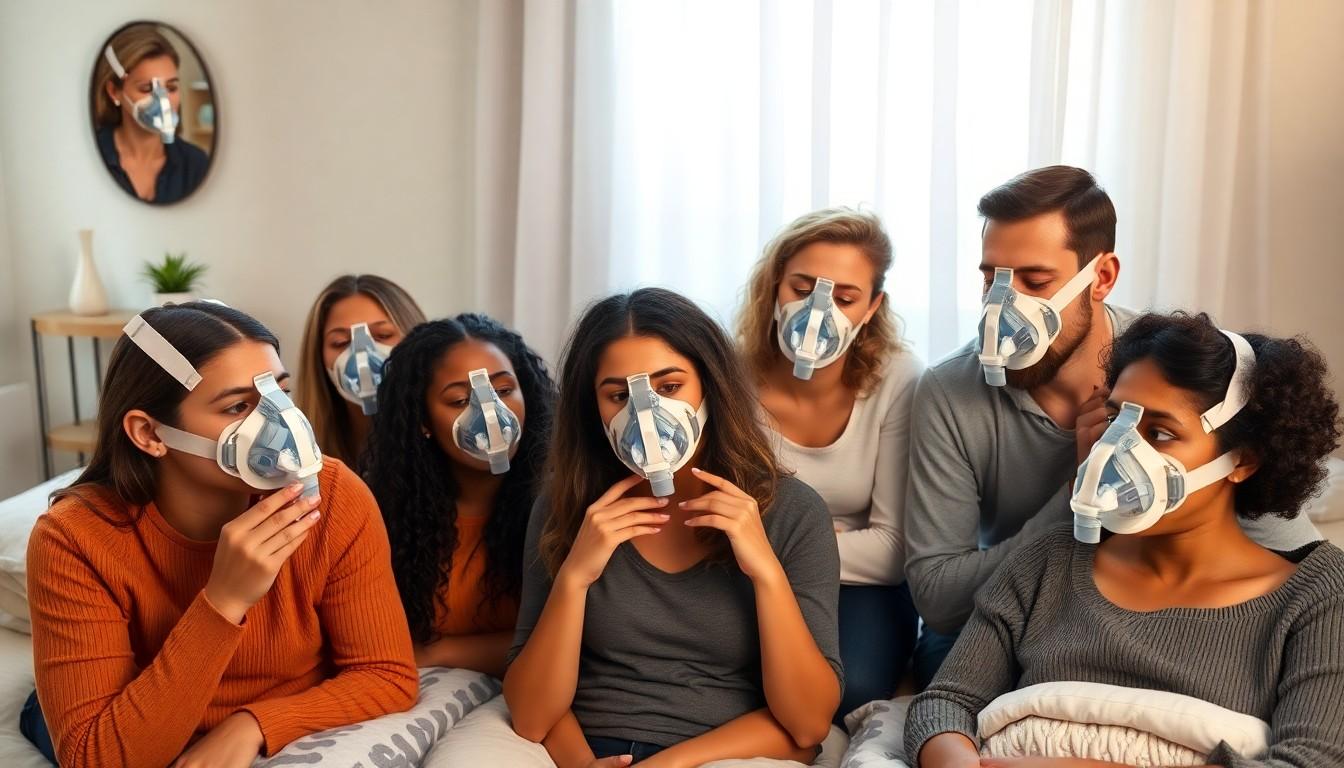
Consider Your Breathing Pattern
Your natural breathing pattern determines the most effective CPAP mask type. Nasal masks work for nose breathers while full-face masks accommodate mouth breathing. Track your breathing habits for 3-4 nights before selecting a mask.
Evaluate Your Sleeping Position
Your sleeping position impacts mask stability:
- Side sleepers benefit from nasal pillows or nasal masks with minimal bulk
- Back sleepers accommodate any mask style
- Stomach sleepers require low-profile designs like nasal pillows
Assess Comfort Requirements
Physical comfort factors influence mask selection:
- Facial hair works better with nasal pillows to maintain seal
- Claustrophobia responds well to minimal-contact nasal pillows
- Active sleepers need lightweight masks with stable headgear
- Allergies or congestion require full-face masks for mouth breathing
Check Pressure Settings
Your prescribed air pressure affects mask compatibility:
| Pressure Level | Recommended Mask Type |
|---|---|
| Low (4-12 cm H2O) | Nasal Pillows |
| Medium (8-14 cm H2O) | Nasal Mask |
| High (12-20 cm H2O) | Full Face Mask |
Consider Lifestyle Factors
Daily activities shape mask preferences:
- Reading or watching TV demands clear sight lines
- Speaking before sleep requires minimal mouth coverage
- Wearing glasses works better with nasal pillows
- CPAP machine location affects tubing configuration
- Sample 2-3 mask styles during initial setup
- Wear each mask for 15-20 minutes while awake
- Test masks in typical sleeping positions
- Evaluate seal effectiveness with machine running
Caring for Your CPAP Mask
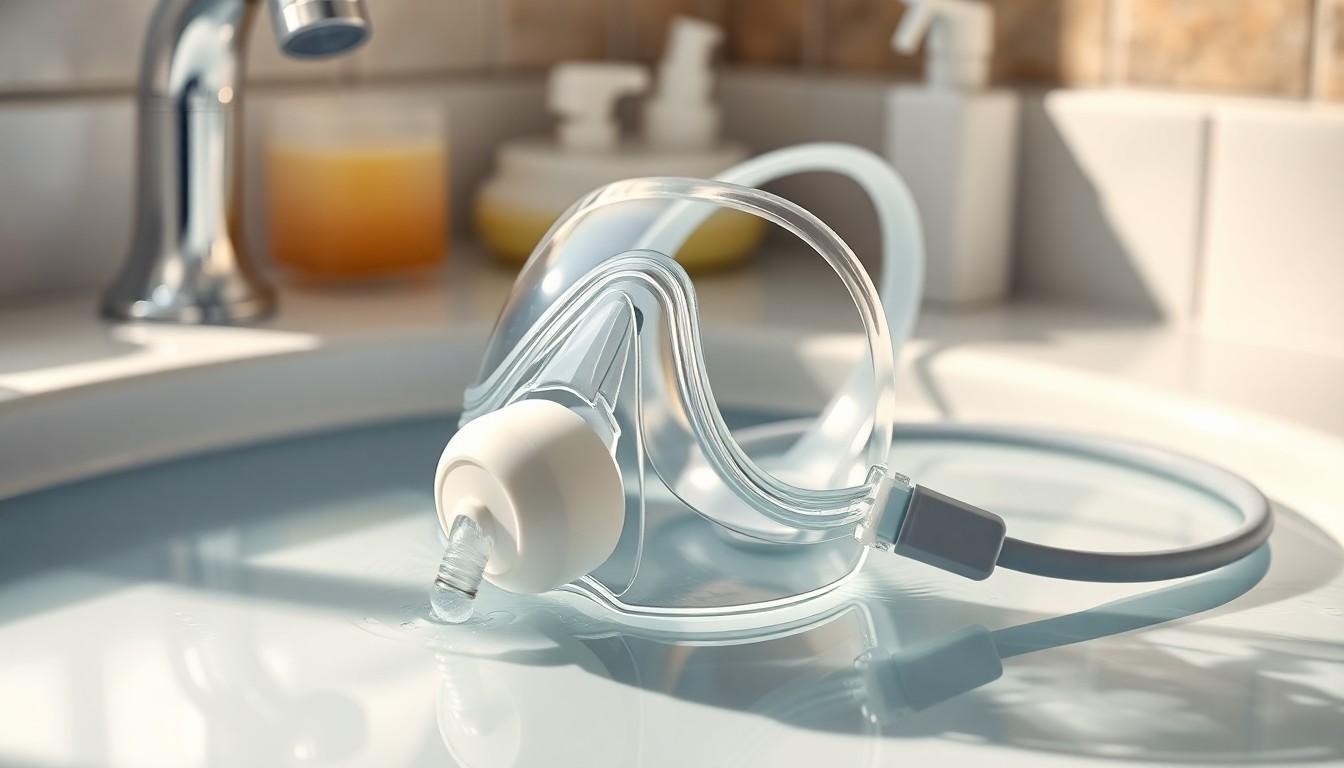
Daily Cleaning
Proper daily cleaning maintains your CPAP mask’s effectiveness. Wash the mask cushion with warm water each morning to remove oils from your skin. Wipe the frame with a damp cloth to clear dust particles.
Weekly Maintenance
A thorough weekly cleaning ensures optimal mask performance. Disassemble the mask components including:
- Cushions
- Headgear straps
- Frame
- Elbow pieces
Soak parts in warm water with mild soap for 5 minutes. Rinse thoroughly with clean water. Air dry away from direct sunlight.
Replacement Schedule
Regular replacement of CPAP mask components prevents deterioration:
| Component | Replacement Frequency |
|---|---|
| Cushions/Pillows | Every 1-2 months |
| Mask Frame | Every 3-6 months |
| Headgear | Every 6 months |
| Tubing | Every 3 months |
Storage Tips
Proper storage extends your mask’s lifespan:
- Keep in a clean, dry container
- Store away from direct sunlight
- Place in a dust-free environment
- Position mask cushion face-up
- Avoid crushing or distorting the frame
- Cracks in the frame
- Discoloration of materials
- Stretched headgear straps
- Loose cushion seals
- Reduced pressure maintenance
Conclusion
Finding the perfect CPAP mask is crucial for successful sleep apnea treatment. Your comfort and specific needs should guide your choice between full face nasal or nasal pillow options. Remember that each mask type offers unique advantages for different sleeping styles and breathing patterns.
Take time to evaluate your needs and don’t hesitate to try different styles. With proper maintenance and regular replacement your CPAP mask will continue to provide effective therapy night after night. By selecting the right mask and caring for it properly you’ll be on your way to better sleep and improved health.
Frequently Asked Questions
What are the main types of CPAP masks available?
There are four main types of CPAP masks: full face masks, nasal masks, nasal pillow masks, and hybrid masks. Full face masks cover both nose and mouth, nasal masks cover only the nose, nasal pillow masks insert directly into nostrils, and hybrid masks combine features of full-face and nasal masks.
How do I know which CPAP mask is right for me?
Choose your mask based on your breathing pattern (mouth or nose), sleeping position (side, back, or stomach), and pressure requirements. Consider your comfort needs, facial features, and whether you have conditions like claustrophobia or facial hair. It’s recommended to test 2-3 different styles before making a final decision.
How often should I clean my CPAP mask?
Clean your mask daily by washing the cushion with warm water and wiping the frame with a damp cloth. Perform a deeper cleaning weekly by disassembling all components and washing them with mild soap and warm water. Regular cleaning prevents bacterial growth and extends mask life.
Which mask is best for mouth breathers?
Full face masks are ideal for mouth breathers as they cover both the nose and mouth, ensuring effective air delivery regardless of breathing pattern. These masks are also suitable for those with nasal congestion or those who require higher pressure settings.
What mask is recommended for side sleepers?
Nasal pillow masks and nasal masks are best for side sleepers due to their minimal design and reduced contact with the face. These options provide greater flexibility in sleeping positions and are less likely to shift or leak when sleeping on your side.
How often should I replace my CPAP mask?
Replace mask components according to a regular schedule: cushions every 1-3 months, headgear every 6 months, and the mask frame every 6-12 months. Look for signs of wear such as cracks, discoloration, or loss of seal effectiveness to determine when replacement is needed.
Can I wear a CPAP mask with facial hair?
Yes, but certain masks work better with facial hair than others. Nasal pillow masks and some nasal masks are more effective for users with facial hair as they have minimal face contact. Full face masks may require additional adjustments to maintain a proper seal.
What should I do if my mask is leaking?
First, check that all components are properly connected and the headgear is adjusted correctly. Ensure the mask size is appropriate for your face and the cushion is clean and undamaged. If leaks persist, try adjusting the mask position or consider trying a different mask style.

